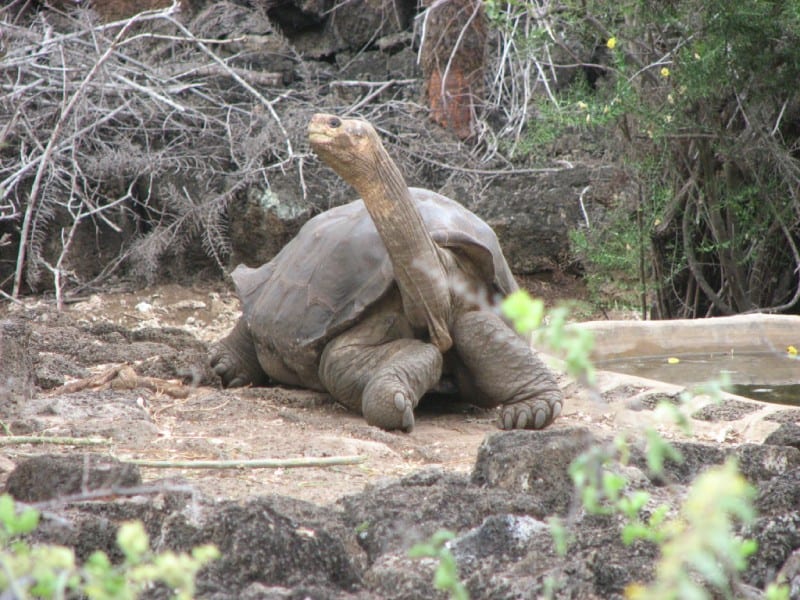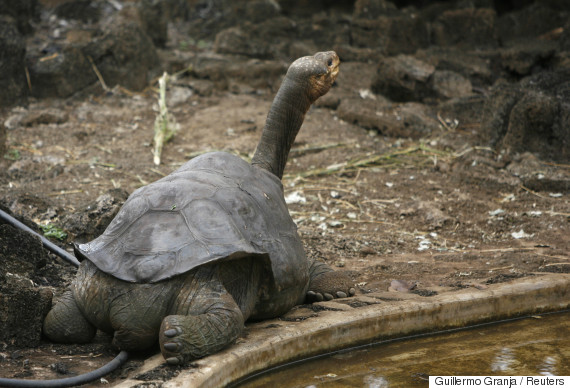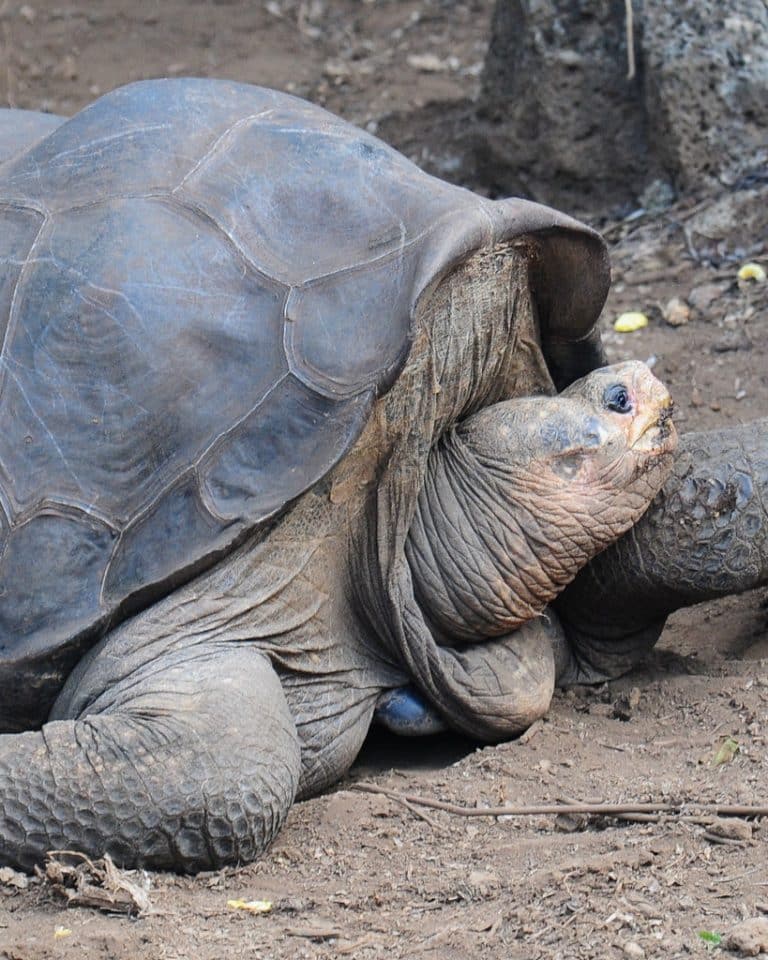

In the case of the Galápagos, one notable example are its finches, whose common ancestor has given rise to 18 species across the various islands. They are relatively new in geological terms, with the oldest current island, San Cristóbal, only emerging between two and six million years ago.Īs with many archipelagos across the world, the different conditions found on each island provide the opportunities for individual species to radiate into a variety of different forms to match each environment. The Galápagos Islands are an archipelago in the Pacific Ocean, comprised of hundreds of islands formed by volcanic activity. How did the Galápagos giant tortoises evolve? The findings of the study, conducted by an international team of scientists, were published in the journal Heredity. His ministry added, 'The species of giant tortoise that inhabits San Cristóbal Island, until now scientifically known as Chelonoidis chathamensis, genetically corresponds to a different species, which was believed to be extinct since the beginning of the 20th century.' He says, 'Good news! Genetic studies carried out by the University of Newcastle, Yale, the Galápagos Conservancy and other institutions revealed that San Cristóbal Island in the Galápagos is home to a species of giant tortoise not yet described by science.' To confirm this, samples of tortoise DNA itself, rather than DNA contained in cell components called mitochondria, would be needed.Įcuador's environment minister Gustavo Manrique Miranda, however, has already welcomed this potential new species of giant tortoise.


As the current species used for both living and dead tortoises, Chelonoidis chathamensis, was described using one of the dead specimens, confirmation they are separate species would mean the animals alive today would have to be given a new name. Genetic analysis of living and dead giant tortoises found on the island of San Cristóbal suggest that the dead animals may be a distinct lineage from those surviving on the island today. Some of the giant tortoises living in Ecuador's Galápagos Island archipelago may not be the species they're thought to be.


 0 kommentar(er)
0 kommentar(er)
